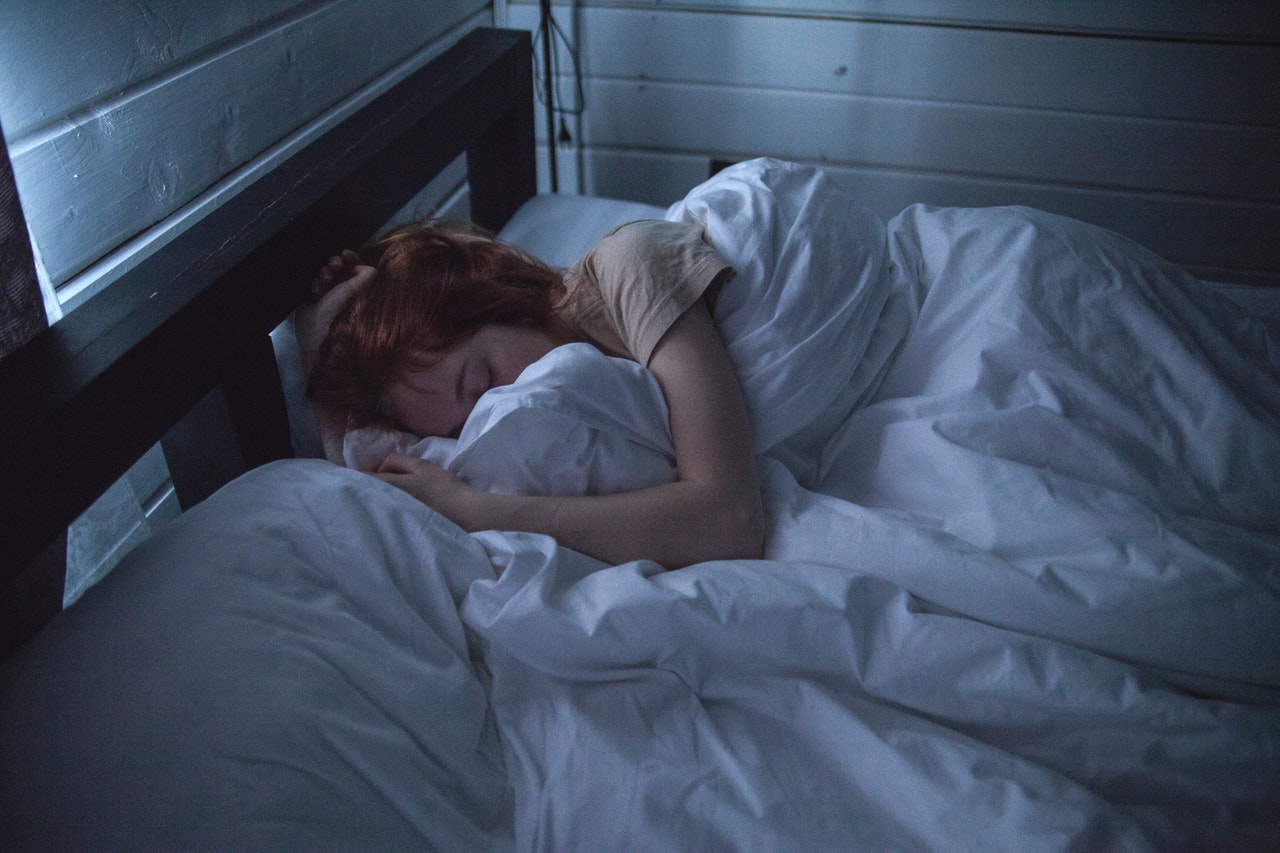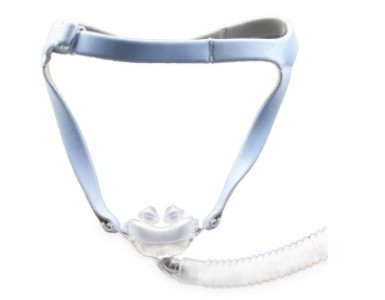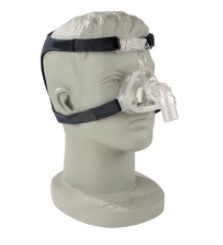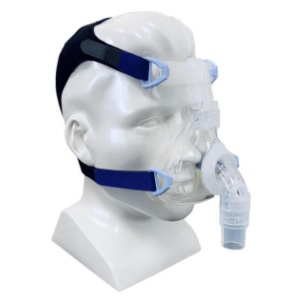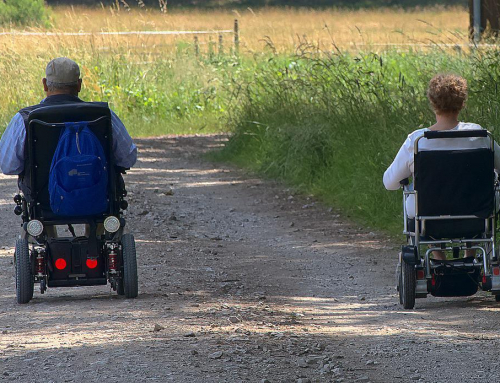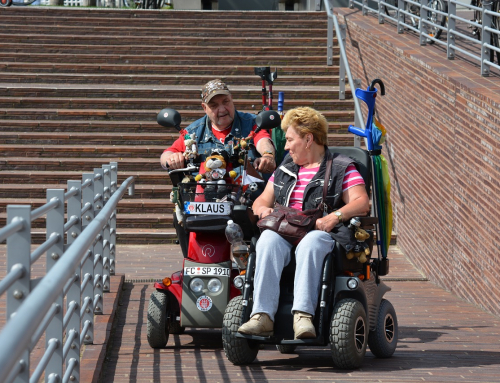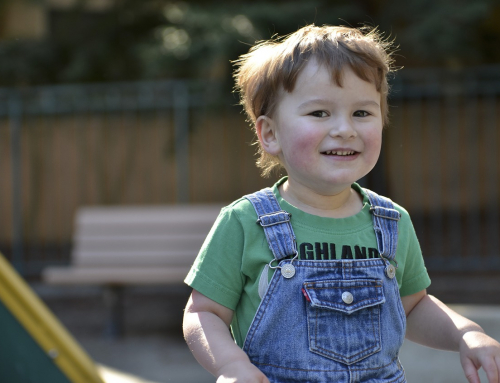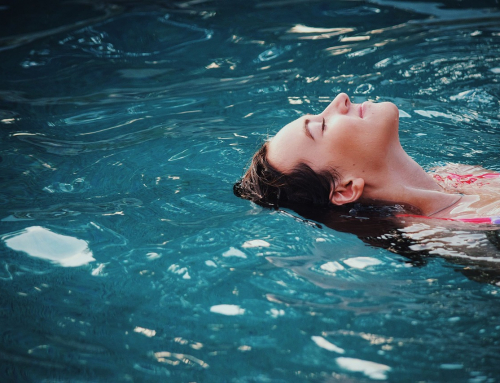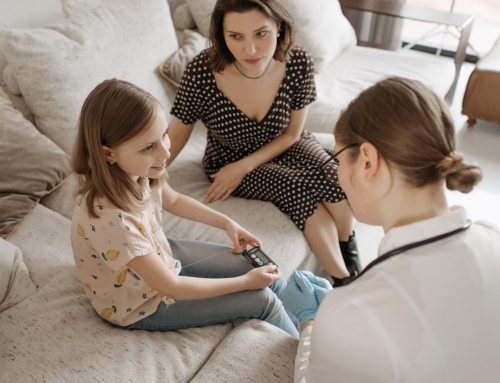Sleep apnoea is a potentially serious sleep disorder. It is different than regular snoring, because it causes your breathing to stop and start. If untreated, it can lead to serious problems, such as hypertension, cardiomyopathy, strokes and heart attacks. Interested in learning more about sleep apnoea? Keep reading.
What are the different types of sleep apnoea?
There are two types of sleep apnoea.
Obstructive apnoea is the most common form. It occurs when the muscles in the back of your throat relax, leading your airways to narrow as you breathe in. This usually leads to you not getting enough oxygen, which reduces the oxygen content in your blood. Your brain senses that it isn’t getting enough oxygen and rouses you from your sleep. This gap is so brief that you usually don’t remember it.
Central sleep apnoea is when the brain does not send the right signals to the muscles that control breathing. This is less common, as it is due to a brain failure to transmit signals. In this case, you would wake up with shortness of breath or have difficulty sleeping.
What are the most common signs of sleep apnoea?
The signs of central and obstructive apnoeas overlap. It is therefore difficult to identify what type of apnoea it is. The most common signs of obstructive and central sleep apnoeas include:
- Loud snoring
- Insomnia
- Hypersomnia
- Irritability
- Morning headache
- Gasping for air while you’re asleep
- Waking up with a dry mouth
- General inattentiveness while awake
How do you treat sleep apnoea?
A continuous positive airway pressure (CPAP) machine is the most common device used to treat sleep apnoea. The CPAP machine’s compressor works by generating a continuous stream of pressurised air that passes through a flexible tube.
This tube then delivers purified air into a mask that’s placed around your nose or mouth. That way, it opens up your airways and ensures that you have a constant supply of oxygen. There are various mask styles. These include:
- Nasal pillow masks: This mask has a small cushion with prongs that fit into the patient’s nostrils. It is best suited for people who primarily breathe through their nose.

- Nasal mask: This type of mask covers your whole nose area. It is best suited for those who move around a lot while sleeping.

- Full mask: This mask is shaped like a triangle and covers both your nose and mouth. It’s ideal for those who breathe through their mouth, or those that suffer from nose blockages.

What are the benefits of using a CPAP machine?
Using a CPAP machine is largely beneficial. This is because it improves your ability to sleep without waking up, lowers your risk of heart attack, reduces blood pressure, decreases daytime sleepiness, and reduces glucose and cholesterol levels.
A CPAP machine, however, has its disadvantages. Falling asleep with a CPAP can be quite tricky, as some people feel claustrophobic. Occasionally, it can also lead to irritated skin, nosebleeds, and bloating.
When to see a doctor
Loud snoring can be an indicator of sleep apnoea. If your doctor believes you have sleep apnoea, they can refer you to a specialist clinic for tests that check your heartbeat and breathing patterns. The test results show whether or not you have sleep apnoea and how severe it is.

